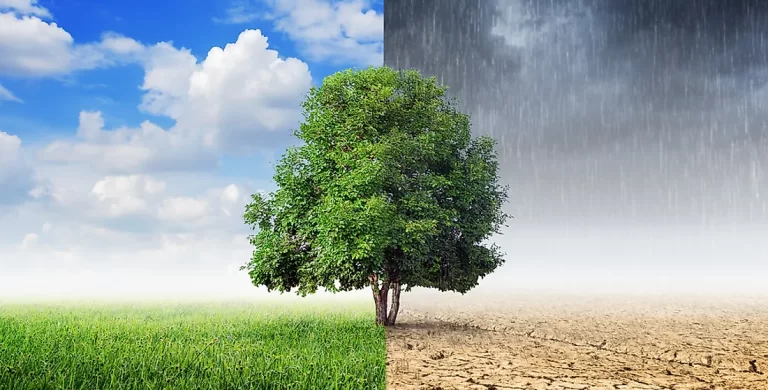Climate Of Bangladesh

The climate of Bangladesh is as diverse as its cultural heritage, with a range of climatic conditions that shape the country’s landscapes and daily life. Located in the tropical monsoon region, Bangladesh experiences three primary seasons: a hot and humid summer, a monsoon season characterized by heavy rainfall, and a cooler and drier winter. The summer months, from March to June, bring soaring temperatures, often exceeding 40 degrees Celsius (104 degrees Fahrenheit) in some regions. The monsoon season, which lasts from June to October, is a vital period for the country’s agriculture, but it also brings intense rainfall, occasional cyclones, and flooding. The winter season, from November to February, offers a respite from the heat and humidity, with more pleasant temperatures ranging from 10 to 20 degrees Celsius (50 to 68 degrees Fahrenheit). Bangladesh’s unique geographical location, with the Bay of Bengal to the south and numerous rivers crisscrossing the land, influences its climate patterns. Despite the challenges posed by climate change, including rising sea levels and increased frequency of extreme weather events, the resilient people of Bangladesh adapt and find innovative solutions to mitigate the impact. Understanding the climate of Bangladesh is crucial to appreciating the diverse ecosystems and landscapes that exist within this beautiful nation.

